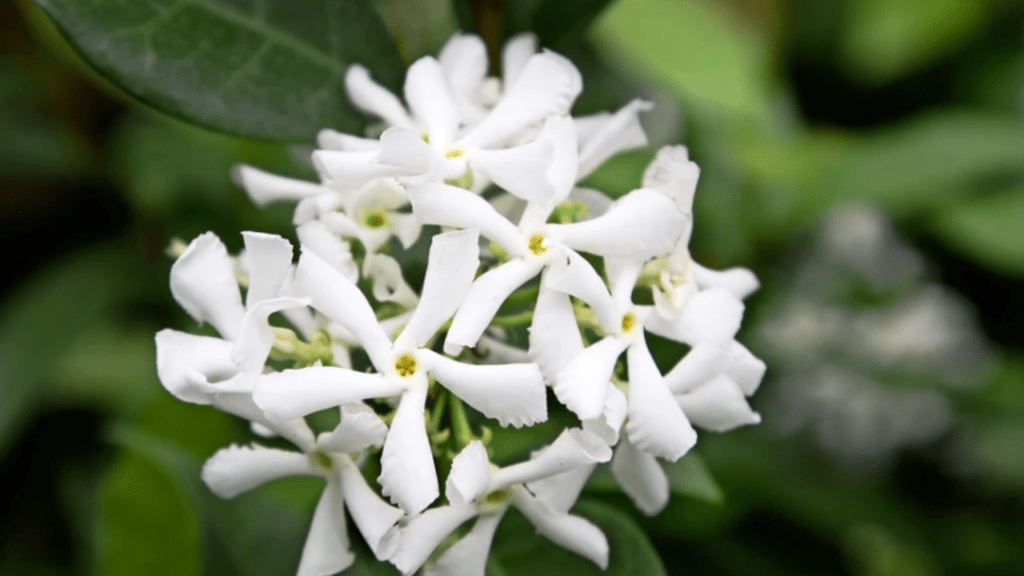
Step-by-Step Guide to Planting Star Jasmine
Star Jasmine is a versatile and beautiful plant that can enhance the beauty of any garden, patio, or trellis. Known for its fragrant and delicate white flowers, this plant adds a touch of elegance and charm to any outdoor space. It is also a great option for those looking to add a pop of color and fragrance to their garden.
When planting Star Jasmine, it’s important to choose a location with well-drained soil and full to partial sun. The plant can thrive in a variety of soil types, but it’s essential to keep the soil moist, especially during the first year of growth.
To plant Star Jasmine, start by preparing the soil by adding organic matter and loosening the soil to improve drainage. Dig a hole that is slightly larger than the root ball of the plant and gently place the plant in the hole. Fill the hole with soil and pat it down to remove any air pockets. Water the plant thoroughly after planting to help it establish its roots.
Once planted, it’s important to provide regular water and occasional fertilization to help the plant thrive. Pruning is also necessary to maintain the shape and size of the plant, and to encourage new growth and flowering.
Overall, planting Star Jasmine is a great way to add beauty and fragrance to any outdoor space, and with proper care and maintenance, it can thrive and bring joy for years to come.
Table of Contents
ToggleUnderstanding Star Jasmine
Star Jasmine is a popular climbing vine known for its beautiful, fragrant white flowers and glossy green leaves. It is a versatile and low-maintenance plant that can be grown in a variety of soil types and climates. To plant Star Jasmine, start by preparing the soil by adding organic matter and loosening the soil to improve drainage. Dig a hole that is slightly larger than the root ball of the plant and gently place the plant in the hole. Fill the hole with soil and pat it down to remove any air pockets. Water the plant thoroughly after planting to help it establish its roots. Once planted, it’s important to provide regular water and occasional fertilization to help the plant thrive. Pruning is also necessary to maintain the shape and size of the plant, and to encourage new growth and flowering. Overall, planting Star Jasmine is a great way to add beauty and fragrance to any outdoor space, and with proper care and maintenance, it can thrive and bring joy for years to come.
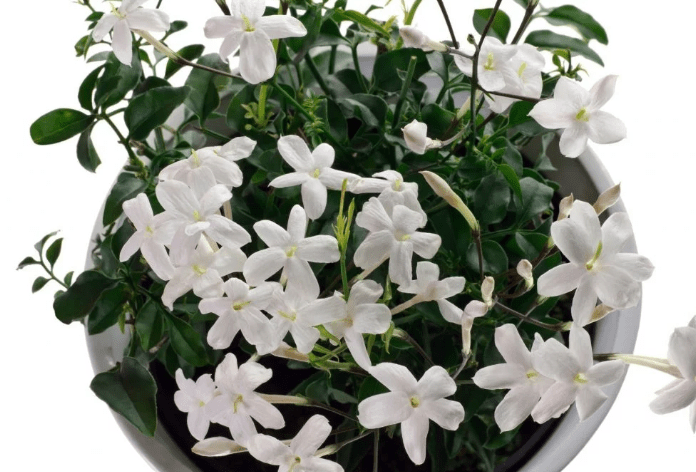
Preparing for Planting
Choosing the Right Location
When planting Star Jasmine, it’s important to choose the right location. Star Jasmine prefers a location with full sun to partial shade, so make sure to find a spot in your garden that gets plenty of sunlight. Additionally, choose a location with well-draining soil to prevent waterlogged roots, as this can lead to root rot. It’s also a good idea to plant Star Jasmine near a trellis or fence, as it is a climbing vine and will benefit from support as it grows. By choosing the right location for planting Star Jasmine, you can ensure that it thrives and adds beauty and fragrance to your outdoor space.
Gathering Essential Tools and Materials
Before planting Star Jasmine, it is important to gather essential tools and materials. You will need a shovel or a trowel to dig the hole for planting, as well as a watering can or garden hose to water the plant. Additionally, you may need to use gardening gloves to protect your hands from thorns or rough surfaces. It is also a good idea to have some fertilizer and compost on hand to help the plant establish strong roots and promote healthy growth. By having all of these tools and materials ready before you start planting, you can ensure that the process goes smoothly and that your Star Jasmine has everything it needs to thrive.
Preparing the Soil
For planting is an essential step in ensuring the success of your Star Jasmine. Start by choosing a location with well-drained soil and partial to full sun exposure. Clear the area of any debris and weeds to give your plant the best chance at healthy growth. You can also enrich the soil with compost or organic matter to provide essential nutrients for the plant. It’s also a good idea to plant Star Jasmine near a trellis or fence, as it is a climbing vine and will benefit from support as it grows. By choosing the right location for planting Star Jasmine, you can ensure that it thrives and adds beauty and fragrance to your outdoor space. Before planting Star Jasmine, it is important to gather essential tools and materials. You will need a shovel or a trowel to dig the hole for planting, as well as a watering can or garden hose to water the plant. Additionally, you may need to use gardening gloves to protect your hands from thorns or rough surfaces. It is also a good idea to have some fertilizer and compost on hand to help the plant establish strong roots and promote healthy growth. By having all of these tools and materials ready before you start planting, you can ensure that the process goes smoothly and that your Star Jasmine has everything it needs to thrive.
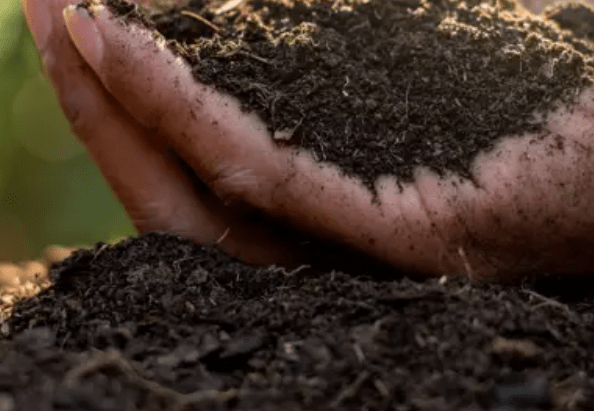
Step-by-Step Guide to Planting Star Jasmine
Step 1:Choosing the Perfect Plant:
Tips for selecting healthy Star Jasmine plants.
Star Jasmine is a beautiful and fragrant plant that can add beauty to any outdoor space. When selecting healthy Star Jasmine plants, it’s important to choose ones that are full and lush with vibrant green leaves. Avoid plants that have yellow or brown leaves, as this may indicate poor health. It’s also a good idea to inspect the roots of the plant to ensure they are firm and not overly crowded in the pot. Look for plants that have a strong, sturdy stem and no signs of pests or disease. When selecting a location for planting Star Jasmine, choose a spot that receives partial to full sunlight and has well-draining soil. It’s also a good idea to plant Star Jasmine near a trellis or fence, as it is a climbing vine and will benefit from support as it grows. By choosing the right location for planting Star Jasmine, you can ensure that it thrives and adds beauty and fragrance to your outdoor space. Before planting Star Jasmine, it is important to gather essential tools and materials. You will need a shovel or a trowel to dig the hole for planting, as well as a watering can or garden hose to water the plant. Additionally, you may need to use gardening gloves to protect your hands from thorns or rough surfaces. It is also a good idea to have some fertilizer and compost on hand to help the plant establish strong roots and promote healthy growth. By having all of these tools and materials ready before you start planting, you can ensure that the process goes smoothly and that your Star Jasmine has everything it needs to thrive.
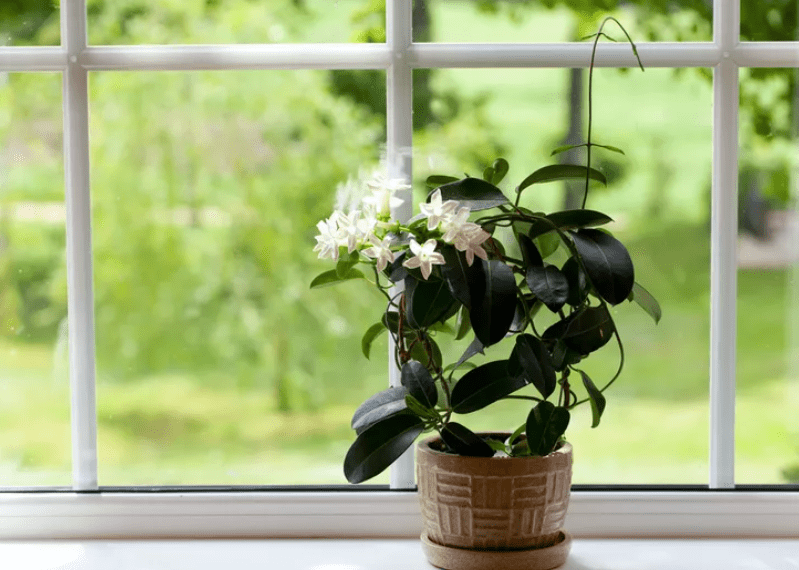
Step 2: Digging the Hole:
How to determine the right depth and width for the planting hole.
When planting Star Jasmine, it’s important to determine the right depth and width for the planting hole. The hole should be about twice as wide as the root ball of the plant and just as deep. This will give the roots plenty of room to spread out and establish themselves. It’s also important to loosen the soil around the planting hole to help the roots penetrate and grow. The depth of the hole is crucial as planting the jasmine too deep can cause the roots to suffocate, while planting it too shallow can cause the roots to dry out. It’s important to take your time and ensure that the hole is the right size before placing the plant in it. By following these steps, you can ensure that your Star Jasmine has the best chance of thriving in its new environment.
Step 3: Planting the Star Jasmine:
Detailed instructions on placing the plant and filling the hole.
When planting Star Jasmine, it’s important to follow detailed instructions on placing the plant and filling the hole. First, determine the right depth and width for the planting hole. The hole should be about twice as wide as the root ball of the plant and just as deep. This will give the roots plenty of room to spread out and establish themselves. It’s also important to loosen the soil around the planting hole to help the roots penetrate and grow. The depth of the hole is crucial as planting the jasmine too deep can cause the roots to suffocate, while planting it too shallow can cause the roots to dry out. After preparing the hole, carefully place the plant in the hole and backfill with soil, gently patting it down to remove any air pockets. Water the plant thoroughly to help settle the soil and provide hydration to the roots. By following these steps, you can ensure that your Star Jasmine has the best chance of thriving in its new environment.
Step 4: Watering and Mulching:
Importance of watering after planting and how to mulch effectively.
Watering after planting is crucial for the health and growth of your plants. After planting, it’s important to water thoroughly to help settle the soil and provide hydration to the roots. This will help the plant establish itself in its new environment and reduce the risk of transplant shock. It’s best to water deeply and less frequently rather than shallow and often, as this encourages the roots to grow deeper into the soil. It’s also important to mulch effectively after watering. Mulch helps to retain moisture in the soil, suppresses weed growth, and regulates soil temperature. When applying mulch, make sure to leave a gap around the base of the plant to prevent rot and disease. Use organic mulch such as wood chips, straw, or shredded bark, and apply a layer about 2-4 inches thick. Be sure to replenish the mulch as needed to maintain its effectiveness. With proper watering and mulching, you can ensure the health and vitality of your plants.
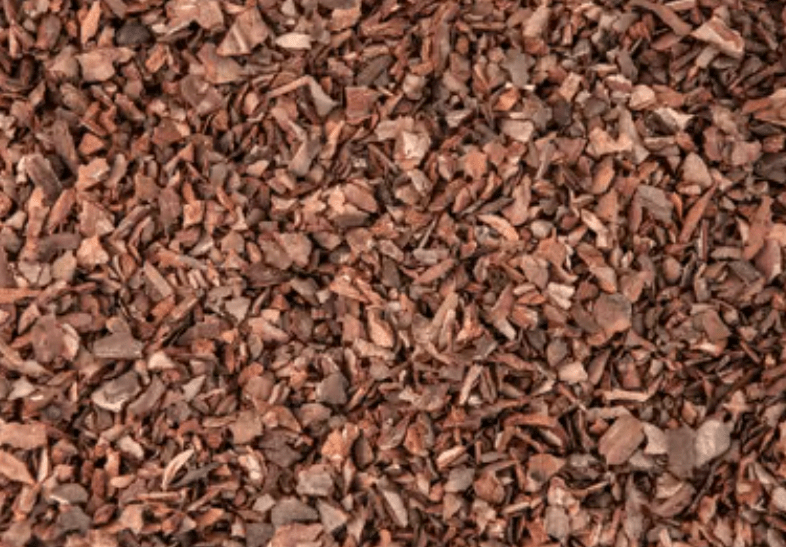
Step 5: Providing Initial Support:
How to stake or trellis the plant for early support.
When it comes to providing early support for your plants, staking or trellising can be a great solution. Staking is a method of using a sturdy pole or stick to support the plant as it grows, particularly for taller or top-heavy plants. Trellising, on the other hand, involves using a framework of horizontal and vertical supports to provide a structure for the plant to climb and grow along. Both methods are effective in helping plants stay upright and allowing them to receive adequate sunlight and airflow.
To stake a plant, simply place a stake in the ground near the plant and gently tie the stem to the stake using soft ties or twine. Make sure the tie is not too tight to allow for growth, and reposition the tie as the plant grows. For trellising, install the framework near the plant and guide the stems or vines to grow along the trellis. This can be done by gently tying the plant to the trellis or using clips to secure the plant in place.
Providing early support for your plants is important as it helps prevent them from bending or breaking under their own weight. It also encourages vertical growth and allows for better access to sunlight, which is essential for healthy plant growth. By staking or trellising your plants, you can ensure they have the support they need to thrive and produce a bountiful harvest.
Caring for Your Newly Planted Star Jasmine
Watering Requirements
When it comes to watering your newly planted star jasmine, it’s important to keep a few things in mind. Newly planted jasmine plants will need regular watering to help them establish strong roots and promote healthy growth. Water your jasmine deeply and thoroughly, allowing the water to penetrate the soil and reach the roots. It’s best to water in the morning or evening to minimize evaporation and ensure the water is absorbed by the plant. Keep an eye on the soil moisture and adjust your watering schedule based on the weather and the plant’s needs. Avoid overwatering, as this can lead to root rot and other issues. By paying attention to the watering requirements of your newly planted star jasmine, you can help it thrive and flourish in your garden.
Fertilizing Tips
Fertilizing your star jasmine is an important part of caring for it. When it comes to fertilizing, it’s best to use a balanced fertilizer specifically designed for flowering plants. You can apply the fertilizer in early spring and again in late summer to help promote healthy growth and beautiful blooms. Be sure to follow the instructions on the fertilizer package and avoid over-fertilizing, as this can cause damage to the plant. It’s also important to water the plant before and after applying the fertilizer to help it absorb the nutrients. By following these fertilizing tips, you can help your star jasmine thrive and continue to produce beautiful flowers for years to come.
Pruning and Training
Are important aspects of caring for your star jasmine. When it comes to pruning, it’s best to do so in the early spring to remove any dead or damaged branches and to shape the plant. This will help promote new growth and keep the plant looking its best. You can also train your star jasmine to grow on a trellis or other support structure to create a beautiful and organized display in your garden. By gently guiding the plant to grow in the direction you want, you can create a visually appealing and well-maintained garden feature. Remember to prune and train your star jasmine regularly to keep it healthy and looking its best. With proper care and attention, your star jasmine will continue to thrive and enhance the beauty of your garden.
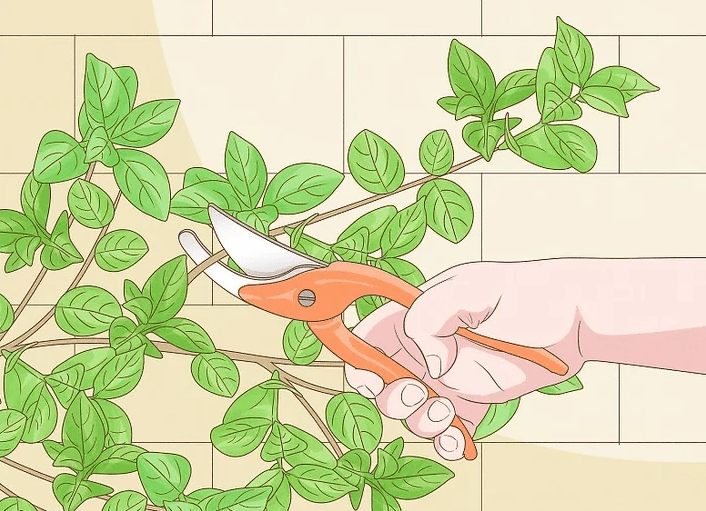
Protecting Against Pests and Diseases
It’s important to protect your star jasmine from pests and diseases to ensure its health and longevity. One way to do this is by regularly inspecting the plant for any signs of infestation or disease. If you notice any issues, it’s important to take action promptly to prevent them from spreading. In addition, you can use organic or chemical-based insecticides and fungicides to control pests and diseases. It’s important to follow the instructions on the product label and use protective gear when applying these products. You can also promote a healthy growing environment for your star jasmine by providing proper irrigation, adequate sunlight, and well-drained soil. By taking these precautions and practicing good garden hygiene, you can help protect your star jasmine from pests and diseases and ensure its continued health and beauty.
Troubleshooting Common Problems
Yellowing Leaves:
Causes and remedies.
Yellowing leaves on your star jasmine can be a sign of various issues. One of the common causes of yellowing leaves is overwatering or underwatering. It’s important to assess the soil moisture and adjust your watering routine accordingly. Another potential cause could be nutrient deficiency, so you may want to consider applying a balanced fertilizer to the soil to provide essential nutrients to the plant. In some cases, yellowing leaves may also be a sign of pests or diseases, so it’s important to inspect the plant for any signs of infestation and take appropriate measures to control them. Additionally, environmental stressors such as extreme temperatures or poor air circulation can also lead to yellowing leaves. By addressing these potential causes and implementing the appropriate remedies, you can help your star jasmine regain its health and vibrancy.
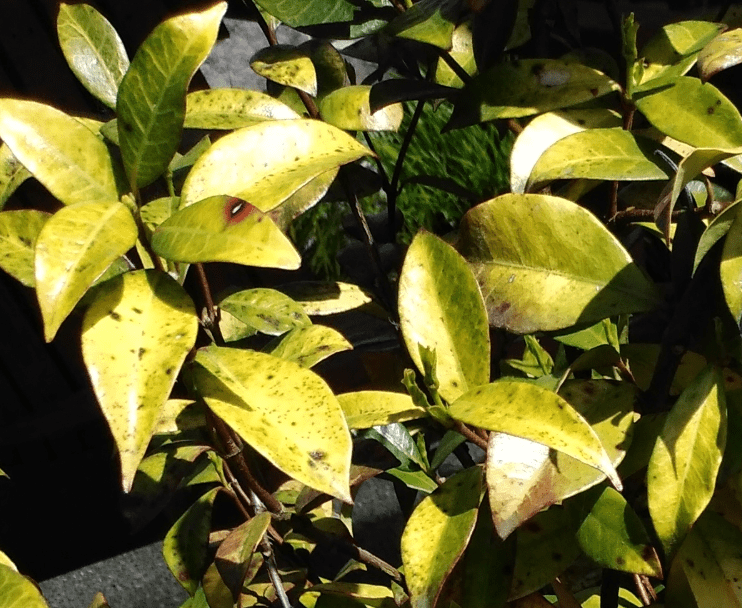
Poor Growth:
Addressing issues related to soil, water, or sunlight.
When addressing issues related to soil, water, or sunlight, it’s important to consider the specific needs of the plant in question. For example, yellowing leaves on your star jasmine can be a sign of various issues that need to be addressed. One common cause of yellowing leaves is overwatering or underwatering. It’s important to assess the soil moisture and adjust your watering routine accordingly. Additionally, nutrient deficiency can also lead to yellowing leaves, so applying a balanced fertilizer to the soil may be necessary to provide essential nutrients to the plant. In some cases, yellowing leaves may also be a sign of pests or diseases, so it’s important to inspect the plant for any signs of infestation and take appropriate measures to control them. Environmental stressors such as extreme temperatures or poor air circulation can also impact the health of the plant. By addressing these potential causes and implementing the appropriate remedies, you can help your star jasmine regain its health and vibrancy. It’s important to regularly monitor and care for your plants, ensuring they have the proper conditions for growth.
Pests and Diseases:
Identifying and managing common threats.
Yellowing leaves on your plants can be a common issue, but it’s crucial to identify and manage the potential threats. Overwatering or underwatering can cause yellowing leaves, so it’s important to assess the soil moisture and adjust your watering routine accordingly. Nutrient deficiency can also lead to yellowing leaves, so applying a balanced fertilizer to the soil may be necessary to provide essential nutrients to the plant. In some cases, yellowing leaves may be a sign of pests or diseases, so it’s important to inspect the plant for any signs of infestation and take appropriate measures to control them. Environmental stressors such as extreme temperatures or poor air circulation can also impact the health of the plant. By addressing these potential causes and implementing the appropriate remedies, you can help your plants regain their health and vibrancy. Regular monitoring and care are essential to ensure that your plants have the proper conditions for growth and to address any potential threats.
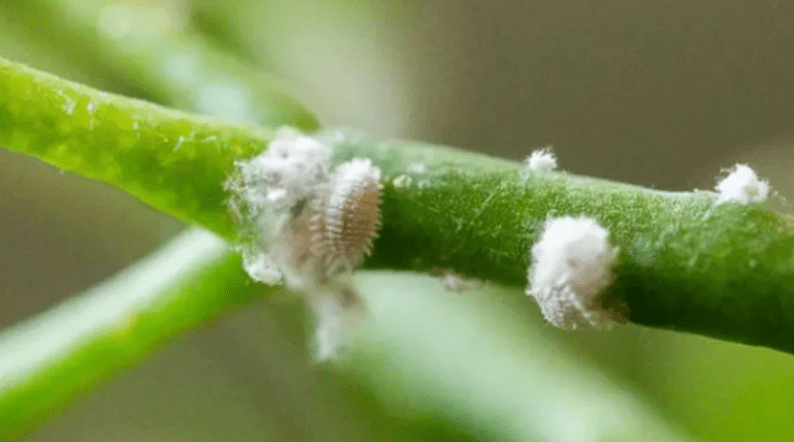
In conclusion, following these steps will ensure that your star jasmine plant thrives and adds beauty to your garden. Remember to choose a sunny location, provide adequate water and nutrients, and prune as needed to keep your plant healthy and flourishing. With proper care and attention, your star jasmine will reward you with beautiful, fragrant blooms for years to come. Happy planting!
Frequently asked questions And Answer
The best time to plant star jasmine is in the spring or fall, when the weather is mild and the plant has a chance to establish itself before extreme temperatures.
Star jasmine thrives in full sun to partial shade, so choose a location with plenty of sunlight for at least part of the day. It also prefers well-draining soil.
Start by loosening the soil in the planting area and adding organic matter, such as compost or peat moss, to improve drainage and fertility.
Dig a hole that is the same depth as the root ball and twice as wide. Gently remove the plant from its container and place it in the hole, backfilling with soil and pressing down gently to remove air pockets.
Water the plant thoroughly after planting and continue to water regularly, especially during dry periods. Once established, star jasmine is drought tolerant but will still benefit from regular watering.
You can apply a balanced, slow-release fertilizer in the spring to promote healthy growth. Follow the instructions on the fertilizer package for the correct application.
Prune the plant after flowering to maintain its shape and encourage new growth. You can also mulch around the base of the plant to conserve moisture and suppress weeds.
Star jasmine typically starts blooming in late spring or early summer, and the fragrant white flowers will continue to appear throughout the season. With proper care, the plant will continue to bloom for many years to come.
